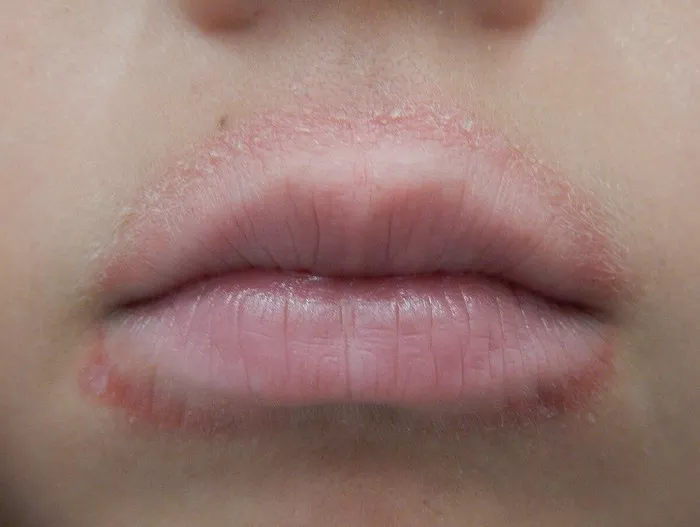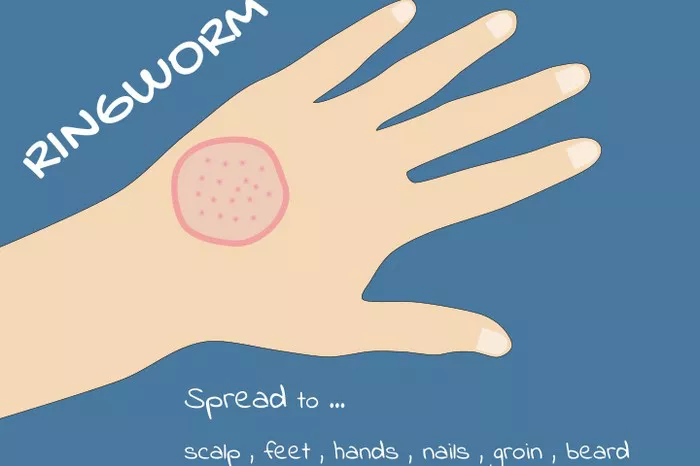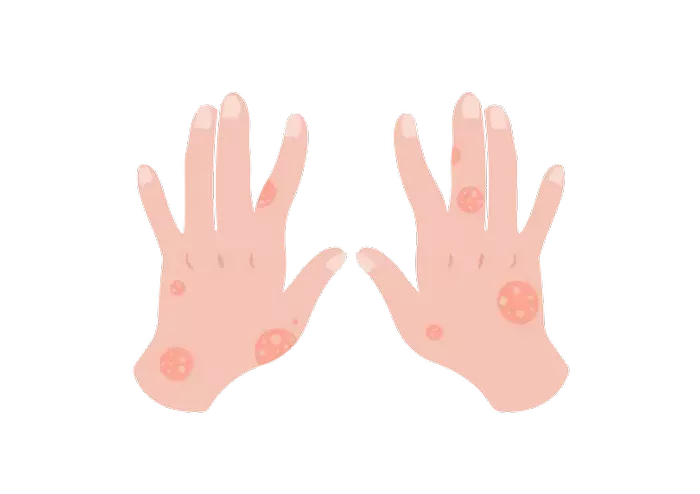Shingles and its associated vaccines are common topics of discussion, especially for older adults and those with weakened immune systems. Shingrix and Zoster are two terms that are often used in relation to shingles, but they are not the same. While they are closely related, each plays a distinct role in the prevention and management of the condition. In this article, we will dive into what Shingrix and Zoster are, their differences, and how they relate to shingles.
What is Zoster?
Zoster refers to herpes zoster, the medical name for shingles. Shingles is a viral infection caused by the same virus that causes chickenpox, called the varicella-zoster virus (VZV). After a person recovers from chickenpox, the virus does not leave the body; instead, it remains dormant in the nerve tissue. For some individuals, usually later in life or when the immune system is weakened, the virus can become active again, leading to shingles.
Shingles is characterized by a painful, blistering rash, typically appearing on one side of the body, often on the chest, back, or face. The rash can be very painful and may be accompanied by other symptoms like fever, chills, and fatigue. Once the rash clears, some people experience postherpetic neuralgia (PHN), which is a form of nerve pain that can last for months or even years.
The term “zoster” is often used to refer specifically to the shingles infection caused by the reactivation of the varicella-zoster virus. So, when someone talks about “zoster,” they are typically referring to the condition itself, not a vaccine or treatment.
What is Shingrix?
Shingrix is a vaccine that helps prevent shingles. It is the brand name for a vaccine that protects against the varicella-zoster virus, thereby reducing the likelihood of developing shingles. Shingrix is a newer vaccine that was introduced in 2017 and has since become the recommended vaccine for preventing shingles in adults over the age of 50.
Shingrix is an inactivated vaccine, meaning it does not contain live virus particles. Instead, it includes a protein from the varicella-zoster virus, which stimulates the immune system to build a defense against the virus. The vaccine also contains an adjuvant, a substance that helps enhance the body’s immune response.
The effectiveness of Shingrix is one of the main reasons it is favored over other vaccines, such as the older Zostavax, which was the previous shingles vaccine. Clinical trials have shown that Shingrix is more than 90% effective at preventing shingles and significantly reduces the risk of developing postherpetic neuralgia (PHN).
Shingrix is given in two doses, typically administered 2 to 6 months apart. The vaccine is recommended for adults aged 50 and older, even if they have had shingles before or received the Zostavax vaccine in the past. It is important to note that while Shingrix can significantly reduce the risk of developing shingles, it does not guarantee that an individual will never get shingles.
Differences Between Shingrix and Zoster
Although both terms are related to shingles, there are important differences between Shingrix and Zoster.
Zoster Refers to the Disease, Shingrix is the Vaccine
The most significant difference between Zoster and Shingrix is their role in relation to shingles. Zoster refers to the actual condition, which is the result of a reactivation of the varicella-zoster virus. It is a viral infection characterized by a painful rash and the potential for long-term complications like postherpetic neuralgia.
Shingrix, on the other hand, is a preventive vaccine designed to reduce the risk of developing shingles. It does not treat or cure shingles, but rather helps prevent the virus from reactivating in the first place. If someone has already had shingles, Shingrix can still be beneficial in preventing future outbreaks.
Zostavax vs. Shingrix
Another key difference lies in the history of shingles vaccines. Prior to Shingrix, Zostavax was the primary vaccine used to prevent shingles. Zostavax is a live vaccine, meaning it contains a weakened form of the varicella-zoster virus. Although it was effective in reducing the risk of shingles, it was less potent than Shingrix and only provided partial protection. Over time, the immune response from Zostavax tends to diminish.
Shingrix is considered superior to Zostavax in terms of its effectiveness and durability of protection. Studies have shown that Shingrix provides a stronger and longer-lasting immune response compared to Zostavax. As a result, Shingrix has largely replaced Zostavax as the preferred vaccine for shingles prevention in most individuals.
Effectiveness and Duration of Protection
Shingrix is more than 90% effective at preventing shingles in adults over the age of 50. Its effectiveness remains high even as people get older, which is a significant advantage over Zostavax, whose effectiveness decreases with age.
The protection offered by Shingrix is expected to last for several years, although the exact duration of protection is still being studied. In comparison, Zostavax provides only about 50-60% protection in adults over the age of 60, and its protection diminishes more rapidly over time.
Who Should Get Shingrix?
Shingrix is recommended for all adults over the age of 50, even if they have had chickenpox or received the Zostavax vaccine. This is because Shingrix provides stronger and longer-lasting protection against shingles. The vaccine is particularly important for people who have weakened immune systems or other risk factors that may make them more susceptible to developing shingles.
If you have had shingles in the past, it is still recommended to get the Shingrix vaccine. This is because having shingles once does not protect you from future outbreaks. In fact, people who have had shingles are at an increased risk of experiencing future episodes of the disease.
Shingrix can also be given to people who have previously received Zostavax. While Zostavax was effective in reducing the risk of shingles, the protection it offered is not as strong as Shingrix. For those who have received Zostavax, Shingrix can be given to provide additional protection.
Side Effects of Shingrix
Like any vaccine, Shingrix can cause side effects, though not everyone will experience them. The most common side effects include pain at the injection site, redness, or swelling. Some people may also experience fatigue, muscle aches, fever, or chills after receiving the vaccine. These side effects typically go away on their own within a few days.
In rare cases, people may experience more serious side effects, such as an allergic reaction to the vaccine. However, these reactions are very uncommon. If you experience any signs of an allergic reaction, such as difficulty breathing or swelling of the face or throat, seek medical attention immediately.
It is also important to note that while Shingrix is highly effective at preventing shingles, it is not recommended for pregnant or breastfeeding women, as there is limited information on its safety during pregnancy. If you are pregnant or planning to become pregnant, consult with your healthcare provider before receiving the vaccine.
Conclusion
In summary, Zoster and Shingrix are closely related but serve different purposes. Zoster refers to the viral infection caused by the varicella-zoster virus, commonly known as shingles, while Shingrix is a vaccine that helps prevent the disease. Shingrix is currently the preferred vaccine for shingles prevention due to its high effectiveness and long-lasting protection.
If you are over the age of 50 or have other risk factors, it is important to consider getting vaccinated with Shingrix, even if you have had shingles before. By doing so, you can significantly reduce your risk of developing shingles and its painful complications, such as postherpetic neuralgia.
Always consult your healthcare provider to determine the best course of action for preventing shingles, as they can help you assess your individual risk and vaccination needs.
Related topics:


























